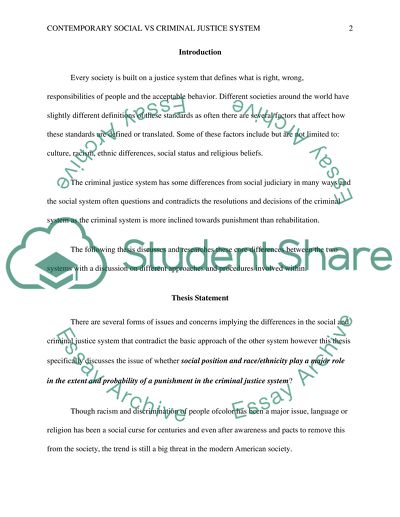Cite this document
(“Analysis and Differentiation between Issues in Contemporary Social Research Paper”, n.d.)
Analysis and Differentiation between Issues in Contemporary Social Research Paper. Retrieved from https://studentshare.org/miscellaneous/1613492-analysis-and-differentiation-between-issues-in-contemporary-social-justice-system-and-criminal-justice-system
Analysis and Differentiation between Issues in Contemporary Social Research Paper. Retrieved from https://studentshare.org/miscellaneous/1613492-analysis-and-differentiation-between-issues-in-contemporary-social-justice-system-and-criminal-justice-system
(Analysis and Differentiation Between Issues in Contemporary Social Research Paper)
Analysis and Differentiation Between Issues in Contemporary Social Research Paper. https://studentshare.org/miscellaneous/1613492-analysis-and-differentiation-between-issues-in-contemporary-social-justice-system-and-criminal-justice-system.
Analysis and Differentiation Between Issues in Contemporary Social Research Paper. https://studentshare.org/miscellaneous/1613492-analysis-and-differentiation-between-issues-in-contemporary-social-justice-system-and-criminal-justice-system.
“Analysis and Differentiation Between Issues in Contemporary Social Research Paper”, n.d. https://studentshare.org/miscellaneous/1613492-analysis-and-differentiation-between-issues-in-contemporary-social-justice-system-and-criminal-justice-system.


